Morning B&B fam. Can anyone out there tell by looking at this razor what size replacement scales this would take? These have cracked with age and need replacement. Thanks in advance!
Attachments
-
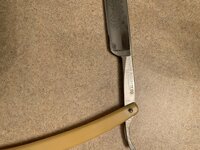 F5350000-3B3C-4B70-9F54-ED45C2A71367.jpeg1.6 MB · Views: 17
F5350000-3B3C-4B70-9F54-ED45C2A71367.jpeg1.6 MB · Views: 17 -
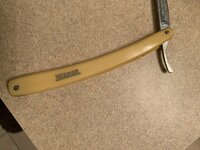 2D9AB7D1-3FEB-4B69-AB91-9C1CEC59EC82.jpeg1.7 MB · Views: 15
2D9AB7D1-3FEB-4B69-AB91-9C1CEC59EC82.jpeg1.7 MB · Views: 15 -
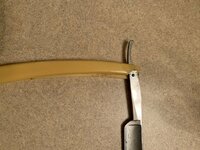 FFD51B2A-5233-4E05-9B47-0113F7B6E39F.jpeg1.9 MB · Views: 15
FFD51B2A-5233-4E05-9B47-0113F7B6E39F.jpeg1.9 MB · Views: 15 -
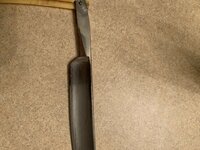 F218BFE0-C534-487E-A79D-C8DBB9265ABF.jpeg1.5 MB · Views: 15
F218BFE0-C534-487E-A79D-C8DBB9265ABF.jpeg1.5 MB · Views: 15 -
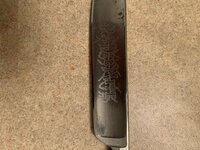 28CCAAA2-BA96-419C-85A4-414F7BE5647B.jpeg1.5 MB · Views: 13
28CCAAA2-BA96-419C-85A4-414F7BE5647B.jpeg1.5 MB · Views: 13